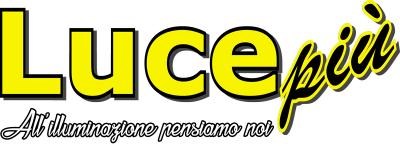The current trend towards technologies more and more “green” and efficient, and the advent of LEED certification have made the field of lighting an important aspect in the search of a more eco-friendly.
The objective of this guide is to explain the major differences between the various lighting technologies and the reasons that make one better of the other.
Guide to the choice of light bulbs
Among the lighting technologies most popular for residential and commercial applications include:
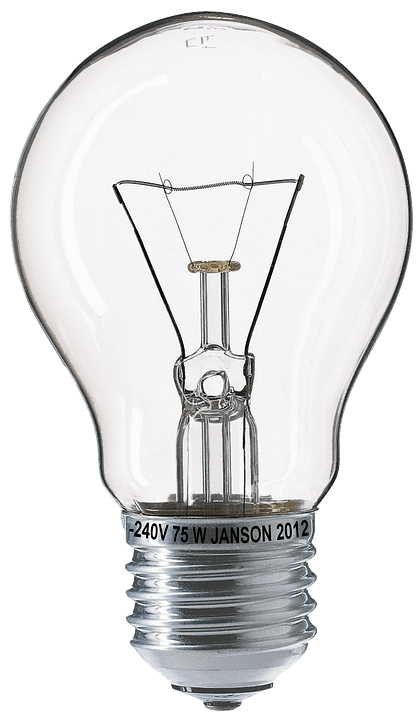
Incandescente: this led bulb consists of a glass bulb containing a filament of metal. The electric current passes through the filament, which then heats up and radiates the energy as visible light. The glowing is the lamp type most commonly used for over 100 years and has remained for a long time the standard due to its ability to render the color and to the expectations of consumers with respect to how a light bulb should work, but today has been slowly and gradually eliminated by the Authority, independence, and energy security in 2007 for his inefficiency. Most of the incandescent lamps are out of production by the end of 2015. Incandescent bulbs emit a significant part of their energy as ultraviolet and infrared radiation, invisible to the human eye but are potentially harmful to the valuables and / or sensitive to light.
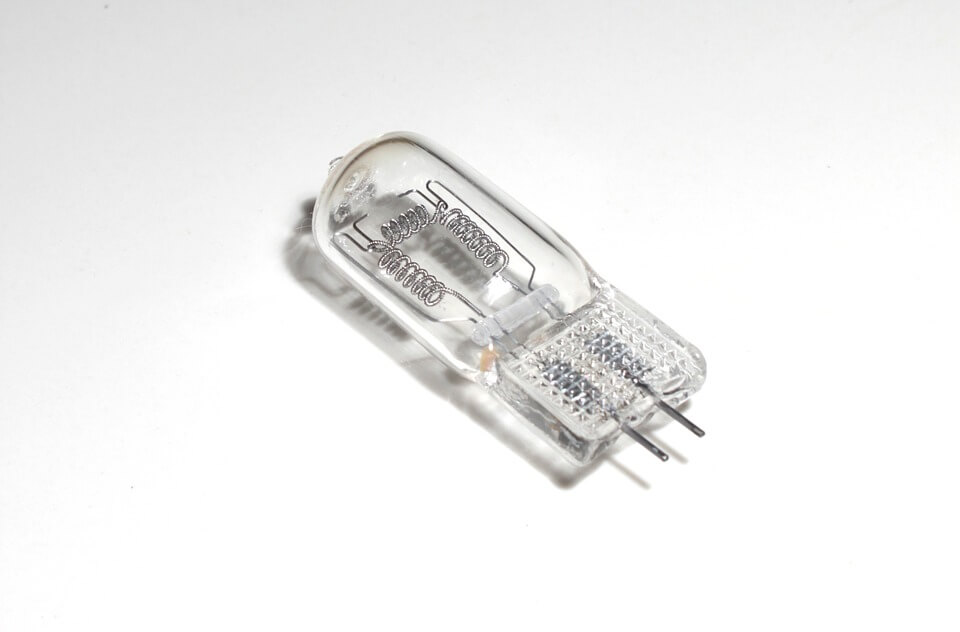 Halogen: a more advanced form of the incandescent, the halogen bulb uses halogen gas and a tungsten filament to increase the light output and the efficiency of the incandescent bulb. The halogen is known to have an efficiency slightly higher than typical incandescent bulbs and a light more bright and more white than that provided by the incandescent bulb, the original. The halogen bulbs are usually the first choice for homeowners, as they are more suitable for the orientation of devices and to get models of beams to be more focused when used in the formats of the lamp reflector. Halogen lamps are often used on movie sets and in the headlights of the car, and they are typically present in reflectors and in projectors. General Electric was the first to patent and sell this bulb in 1959. The greatest disadvantage? The lamp life exceptionally short, similar to that of incandescent lamps, making these lamps very expensive to maintain, especially in high places or difficult to reach.
Halogen: a more advanced form of the incandescent, the halogen bulb uses halogen gas and a tungsten filament to increase the light output and the efficiency of the incandescent bulb. The halogen is known to have an efficiency slightly higher than typical incandescent bulbs and a light more bright and more white than that provided by the incandescent bulb, the original. The halogen bulbs are usually the first choice for homeowners, as they are more suitable for the orientation of devices and to get models of beams to be more focused when used in the formats of the lamp reflector. Halogen lamps are often used on movie sets and in the headlights of the car, and they are typically present in reflectors and in projectors. General Electric was the first to patent and sell this bulb in 1959. The greatest disadvantage? The lamp life exceptionally short, similar to that of incandescent lamps, making these lamps very expensive to maintain, especially in high places or difficult to reach.
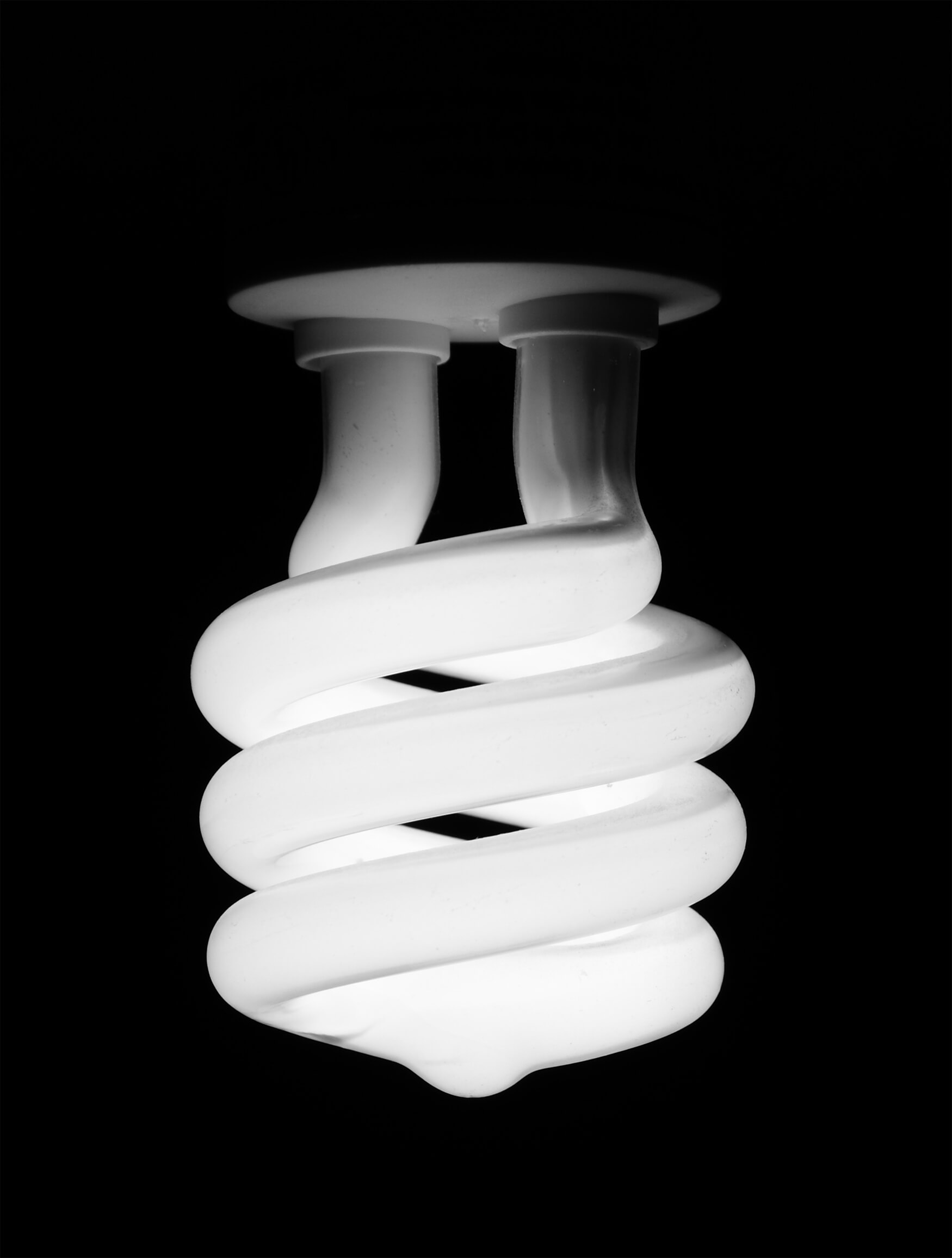
Compact fluorescents: CFLS do not use a filament to produce light, they use a glass tube coated with phosphors that contains a small amount of steam of argon and mercury, and electrodes at one end. When applied with electricity, the electrodes to generate an ultraviolet light invisible, which excites the fluorescent coating inside the tube to produce visible light. Initially, the bulb requires a bit of time to ignite, but once lit it consumes about 70% less energy than the lamp equivalent incandescent bulb. The color quality of compact fluorescent lamps is usually less than the halogen and incandescent, and the performance in the dimming is not as smooth, you can rarely get up to the minimum levels of light that the incandescent and the halogen can reach. However, the lifetime of the lamp is significantly greater - lasts up to 10,000 hours and more.
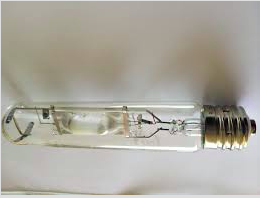
Metal halide: The technology of high-intensity discharge is a technology of arc lamps, developed in the '60s. Within an envelope of glass filled with argon gas there is a tube arc made of quartz or ceramic that contains mercury salts and metal halide. The mixture of gases, mercury, and salts of halide to the inside of the tube generates a bright light, and white light when heated by the electric arc inside the content. Metal halide lamps are very efficient, have an excellent lifetime of the lamp (approximately 20,000 hours) and are able to offer a huge amount of light, so are typically used for applications with a high ceiling where you need a lot of light, street lighting, parking lots, and other applications for exterior lighting. The main drawback of metal halide lamps has to do with switching and dimming. Most of the metal halide lamps cannot be switched on while they are "hot", which means that if the power goes out, you need to wait 15 to 20 minutes to let the lamps cool down enough to be able to turn on again. Furthermore, they are almost impossible to dim (=mitigate) . Thus, while they are fantastic to emit a lot of light, it is hoped that the need because there is only one setting possible and it is 100%.
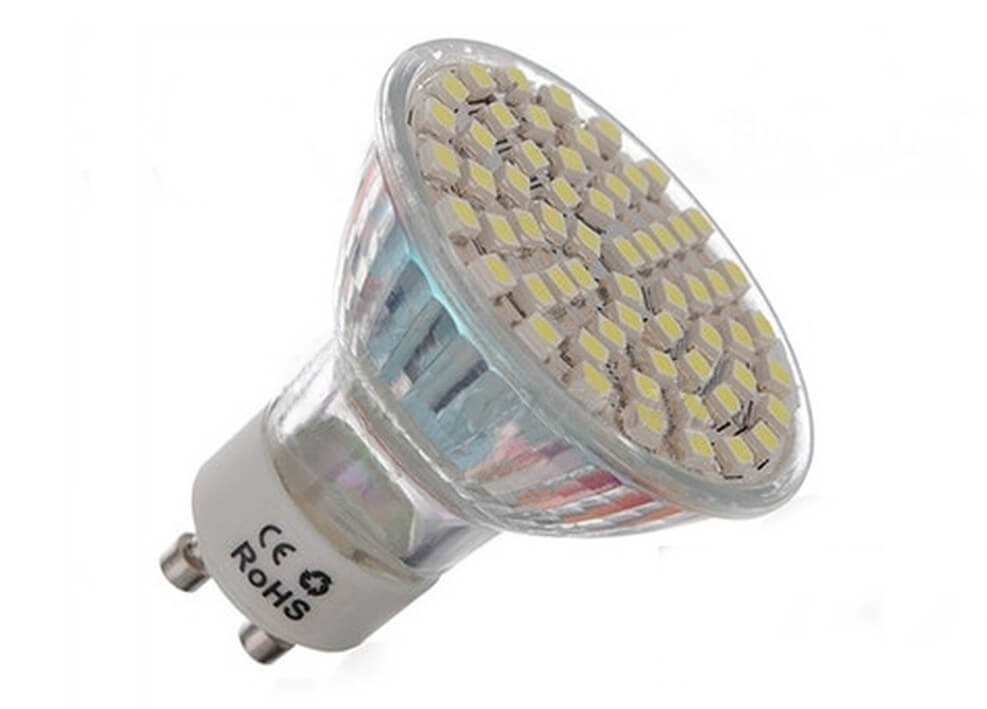
LED: the LED, or light-emitting diodes, are a solid state technology that has no filaments, sheaths, glass, gas or mercury. LED's produce light from the movement of electrons that results from the application of a difference of electrical voltage through a semiconductor material. Each semiconductor material produces light at a range of specific wavelengths, for which the LED cannot produce white light. Similar to other technologies, the white light can be generated with a phosphor coating, while the excitation energy is typically provided by a blue light LED. Despite not warming up in the traditional sense, the LEDS generate heat, not only in the light path: it exits from the opposite end and, the proper dispersion of the heat through careful thermal management, it is critical to determine the duration of the life of the light source. A LED to warm does not work, but a LED light source, well-designed, can be assessed for a life of 50,000 hours and longer (in laboratory conditions, some LEDS have been reported to last over 100,000 hours). This exceeds the life of an incandescent bulb by tens of thousands of hours. While the home lighting to LED is still the most common form of residential lighting, the LED lights have been used over the years for cell phones, christmas lights, traffic lights, and televisions. The home lighting to LED is also popular because the LED uses 90% less power compared to incandescent lights, are environmentally friendly and have zero emissions of UV or mercury and are very durable.
Source: Usai Lighting
